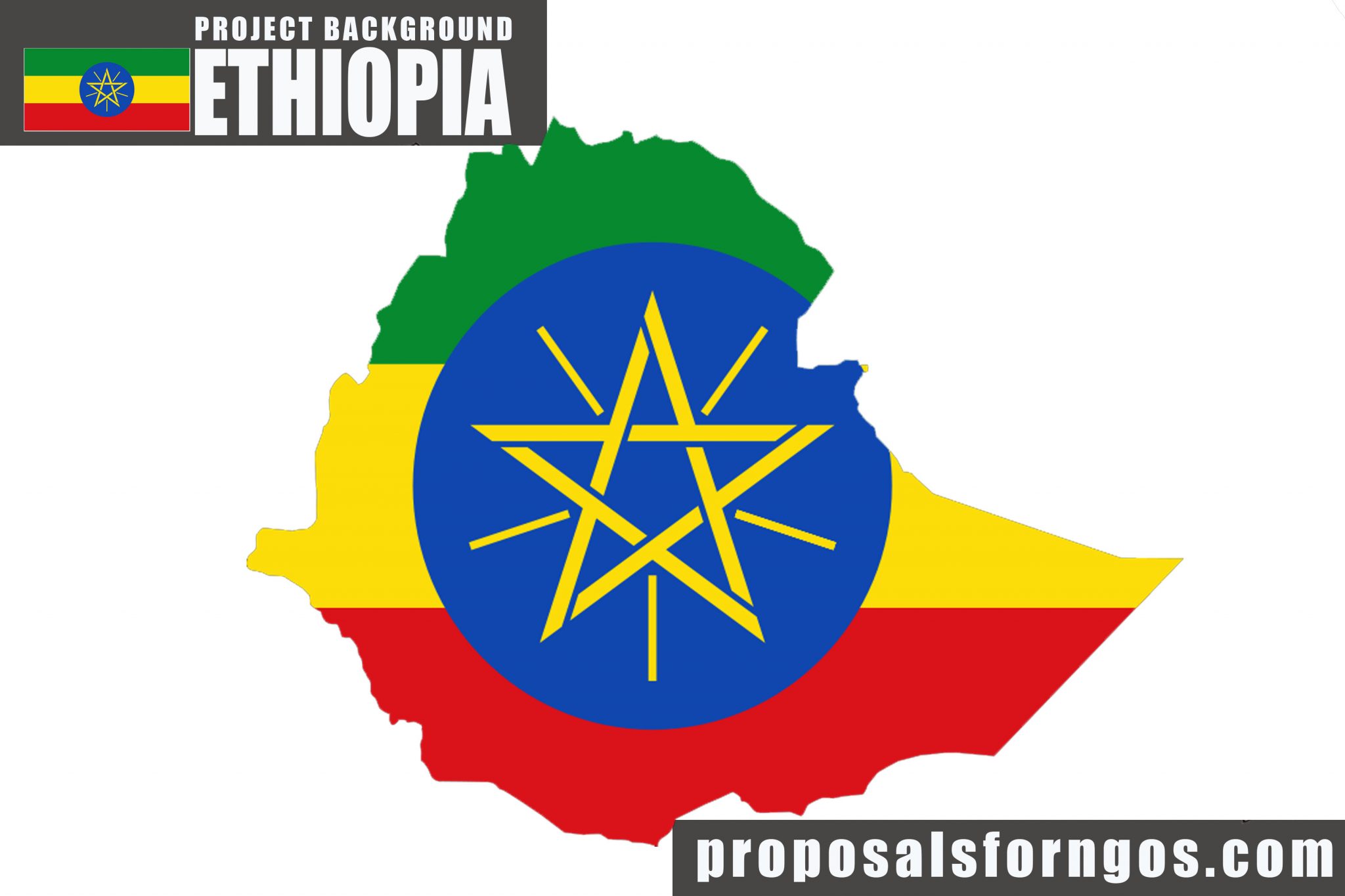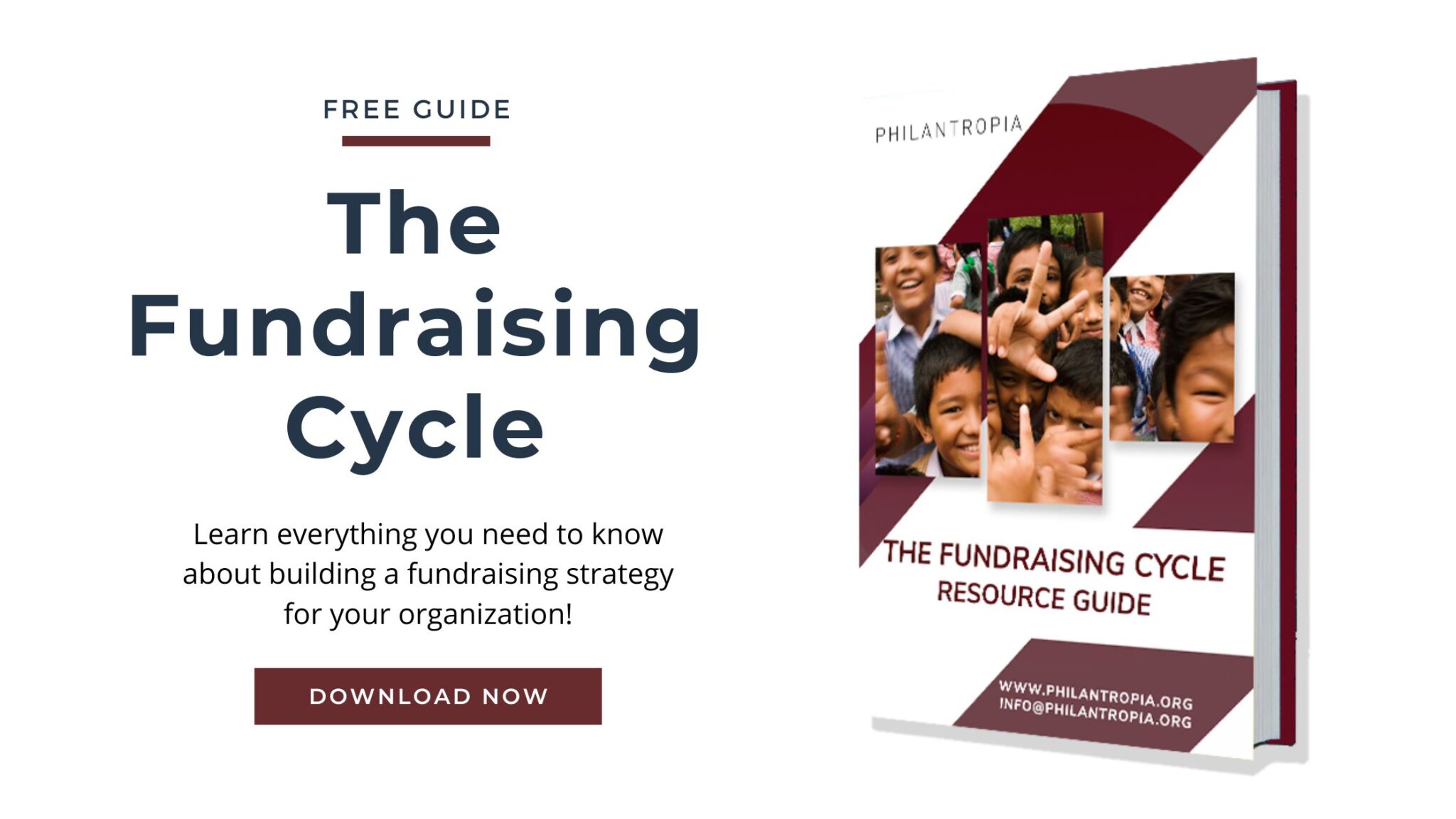The project background is an important part of every proposal. It can be very similar to the project rationale or the project justification. It shows your donor that you did your homework and that your project is planned well. But where can you get the information and data for your project background? And how does one actually look like?
Here you have an example project background for Ethiopia. If you are planning or working in Ethiopia then you are welcome to use this blueprint. Be sure to add more specific information about your own project though, and add other relevant data according to the region and place.
Project Background of Ethiopia
The Federal Democratic Republic of Ethiopia is a landlocked country located at a north-eastern part of Africa. Its topography ranges from deserts along its eastern border with big mountains, plateaus, and lake which is divided by the Great Rift Valley. It shares the borders with the Republic of Kenya in the southern part and the Republic of Eritrea in the northern part. Ethiopia regains its Independence on May 5, 1941, from Italy. The country observed its first constitution in 1994, and Ethiopia’s first multiparty elections were held in 1995.
Like its neighboring countries, Ethiopia suffers a lot from natural challenges such as drought and unpredictable flooding. More than 4000 civil society organizations are working to deal with the social and economic challenges in Ethiopia.
With 80% of Ethiopia’s populations living in rural areas, and the remaining 20% in urban ones. Because of the majority of the population in rural areas, only 27.7% of births happen in hospitals that result in high child mortality rate 49.6 deaths per 1000 live births and 353 deaths per 100,000 live births which need more attention in health care facilities in rural areas. Life expectancy in Ethiopia is 57 years for males and 60 years for females, which shows that the quality of healthcare needs further attention. General quality of living quite low as about 5.8 million children under 5 years (38 %) are suffering from chronic malnutrition, according to the most recent Demographic and Health Survey (DHS). Ethiopia’s HDI value for 2017 is 0.463 which ranked the country in the low human development category.
According to the IMF, Ethiopia was one of the fastest growing economies in the world from 2004 through 2009. Despite fast growth, GDP per capita is one of the lowest in the world. The country’s main sector contributing to is from agriculture which increased to 573.10 ETB Billion in 2016 from 274 ETB Billion in 2015.
Access to education is a challenge in many sub-Saharan African countries. Inequality in Education still exists in Ethiopia which results in 9 years of schooling years for male and 8 years for the female. Ethiopia scores 0.502 on the Gender Inequality Index. Though Ethiopia has witnessed one of the largest declines in child marriage rates, from around 60% to around 40%, two in every five girls are married before their 18th birthday and nearly one in five girls marries before the age of 15.
The country ranked as the most corrupted country holding its position 107th among 180 countries.
If you are looking for more information then there are other sources that you could use like the OECD, World Bank or the UN. Unless otherwise indicated, the data was retrieved from the CIA World Factbook.
Country: Ethiopia
Source: CIA The World Factbook (unless otherwise indicated)
Demographics
- Population: 107,534,882
- Density: 108 P/Km² (Worldometer)
- Area (Rural/ Urban) – 80 / 20%
- Under the poverty line: 29.6%
Education
- Literacy rate – 49.1%
- Average years of schooling- 8 years
- Average years of schooling male vs. female- 9 vs. 8
Health
- Average life expectancy- 58.5 years
- Child mortality– 49.6 deaths/1,000 live births
- Maternal mortality- 353 deaths/100,000 live births
- Stunting/Malnourishment in children- 38% (Demographic and Health Survey)
- Fertility rate – 4.99 children born/woman
Economy
- Most important sectors- Agriculture, Mineral and Services
- GDP – $80.56 billion
- Unemployment rate- 15%
Ecology
- % of the forested area- 12.2%
- Number of National Parks- 20 (National parks)
Other:



